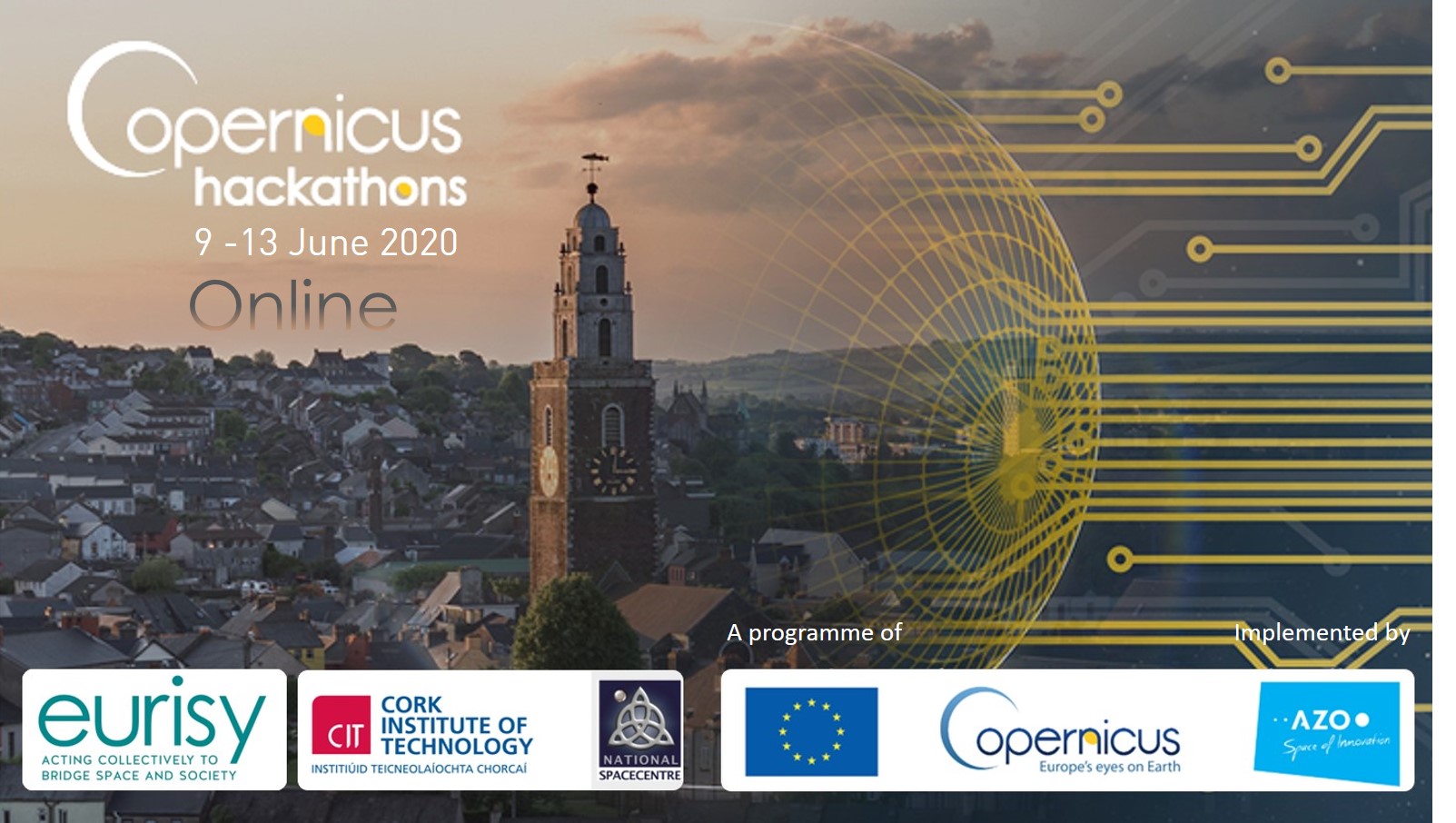

Using Copernicus data and services to safeguard Irish Natural Heritage
Description: The national heritage of Ireland includes flora, fauna, wildlife habitats, landscapes, seascapes, wrecks, geology, heritage gardens and parks, and inland waterways. Ireland’s Natura 2000 network consists of 595 sites, covering a total of 19.485km2.
Irish landscapes and wildlife are important socio-economic assets, but are threatened by climate change, urban sprawl, tourism and agriculture. Ireland is in danger of losing a heritage which, by virtue of its island status, has not changed radically for millennia.
EO offers an opportunity to better understand Irish heritage today, with the objective to protect it alongside the communities it can support in the longer term.
For this challenge, participants can use, in addition to Copernicus remote sensing data, Galileo satellite navigation data.
Objectives: Use Copernicus data and services to help managers of natural heritage in the following domains: Management of protected sites; Protection of endangered and threatened species; Management of marine habitats; Connecting important landscapes and biodiverse areas across the country; Tackling non-native invasive species; Engagement with stakeholder and facilitating public participation.
Keywords: natural heritage; habitats; soil mapping; vegetation mapping; biodiversity; marine life; wetlands; invasive species; land use planning; fishing; climate change; stakeholder engagement.

Using Copernicus data and services to safeguard Irish Cultural Heritage
Description: The cultural heritage of Ireland includes monuments, archaeological objects, heritage objects, and architectural heritage, among others. The need to make better use of Ireland’s natural and cultural heritage has never been more pressing. Population flows from rural areas to cities in Ireland are threatening economic development in small communities and without communities of individuals the landscape itself is deteriorating.
Archaeological sites are eroding because of the increase in storms and rising sea levels. More than 10 per cent of the recorded monuments at Brú na Bóinne, the megalithic site in Co. Meath, are already at risk from floodwaters. Historic bridges, habitats and town walls are also damaged by more extreme temperature. Acknowledging the threats of human activities and climate change on cultural heritage, in November 2018, the Government of Ireland issued the public consultation “Heritage Ireland 2030”. The consultation acknowledged the value of cultural heritage for communities, towns, villages and the countryside as an important economic resource and aimed at building a national heritage framework policy.
To better understand, monitor and address the threats to heritage sites, there is need to understand how climate change will interact with and amplify the effects of other stresses, including urbanisation, pollution, natural resource extraction and, increasingly, tourism.
For this challenge, participants can use, in addition to Copernicus remote sensing data, Galileo satellite navigation data.
Objectives: Monitor and forecast flood risks; map and monitor cultural heritage at risk; forecast soil erosion; set monitoring mechanisms and tools to plan interventions and maintenance works; monitor structural integrity of cultural heritage.
Keywords: cultural heritage; coastal erosion; risk management; elevation monitoring; soil movements; sea level forecast; storms; floods; pollution; buildings structural integrity.

Using Copernicus data and services to monitor the effects of coastal changes on cultural heritage
Description: Ireland has a coastline of approximately 7400 km, hosting a remarkable richness of archaeology, built heritage and traditions. A considerable number of cultural heritage sites on the Irish coast are exposed to flood hazards and coastal erosion. These phenomena, which are mainly due to global warming, increasing storms and sea level rising, threaten the Irish coastal cultural heritage and the economy of local communities, as cultural heritage sites are popular tourist destinations. To give an example of the effects of climate change on coastal cultural heritage, in 2019 heavy storms on the West coast of Ireland caused the Dunbeg Fort in Dingle (Co.Kerry), a promontory fort built in the Iron Age, to partially collapse. Although the effects of climate change on coastal cultural heritage have been widely acknowledged, heritage managers still have little tools to monitor coastal changes, foresee coastal evolution and hence target their adaptation measures. For this challenge, participants can use, in addition to Copernicus remote sensing data, Galileo satellite navigation data.
Objectives: Use the Copernicus dataset to monitor soil and vegetation changes; to monitor and forecast the effects of floods, heavy rain and climate change on cultural heritage around the Irish coastline; to provide cultural heritage managers with tools to effectively target adaptation measures to coastal changes to safeguard cultural heritage.
Keywords: cultural heritage; coastal erosion; risk management; elevation monitoring; vegetation changes; sea level forecast; impacts of sea level rise and storms on the coast; monitoring of changes in beach level; wave height.

Using Copernicus and Galileo to respond to the threats of COVID-19
Description: The European Commission wishes to use all available resources to respond to the current COVID-19 crisis. Therefore, a special prize is awarded to the team proposing solutions to: a) Help countries and citizens to deal with the health crisis caused by the COVID-19 spread; b) Monitor environmental factors and human activities that are linked or might be linked to the spread of COVID-19; c) Manage the environmental, social and economic impacts of the current COVID-19 spread and help with the recovery phase; d) Provide evidence to governments and to the scientific community to better monitor, prevent and limit the spread of Corona viruses in the future. For this challenge, participants can use, in addition to Copernicus remote sensing data, Galileo satellite navigation data.
Objectives: The solutions proposed by the participants to the hackathon might cover, but are not limited to:
- Tracking the movement of people and analyse the spread of corona infections, using GNSS and other data.
- Using satellite images of the borders where long queues of lorries are forming at the border checks, i.e. DE-PL, PL-LT, HU-RO, etc, to estimate the situation and provide quantified information on delays and the need for action.
- Using satellite images of pollution levels or other indicators that can help analyse economic activity, infection levels, or other problems, and combine with other data sources to propose solutions.
You can also come up with other, more specific themes or address local problems/challenges.
Keywords: COVID-19; air quality; GNSS; Satellite Navigation; Copernicus data; Galileo data; tracking; health; crisis management; pollution; emergency services; emergency response.
A programme of: Implemented by:

Organiser: Local partners:

Supporting entities:


